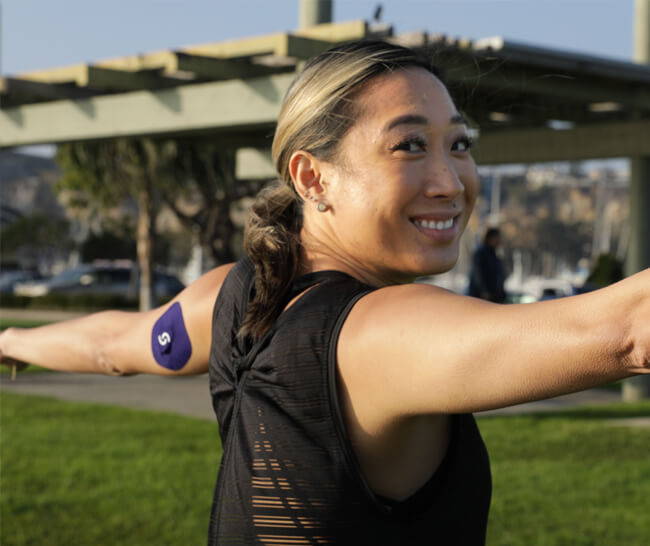Blood sugar testing provides valuable insight into metabolic health. For people living with diabetes, testing blood sugar regularly is non-negotiable because it allows them to monitor their glucose levels and make informed decisions about food, insulin dosing, and physical activity. However, people without diabetes can also benefit from understanding blood sugar trends.
There are two ways to test your blood sugar: Continuous glucose monitors (CGMs) or finger sticks. Both glucose monitoring systems are valuable but provide slightly different information. There are pros and cons to using each, and the choice comes down to your medical and lifestyle needs.
This article will explore CGM vs. finger sticks in more detail, including their accuracy, how they work, and why keeping tabs on your blood sugar is critical for health.
{{mid-cta}}
The Importance of Monitoring Your Blood Glucose
Monitoring blood glucose levels is essential for diabetes care. Regular blood glucose monitoring provides information about how factors like food or physical activity influence blood sugar so they can adapt to minimize the risk of complications.
Tracking blood glucose can help reduce short and long-term health risks. Very high or low blood glucose levels can lead to complications like diabetic ketoacidosis (DKA) or hypoglycemia (low blood sugar), especially for people with type 1 diabetes.
Long-term, consistently high blood glucose levels can damage vital organs, contributing to heart disease, kidney failure, nerve damage, and vision problems, as seen in poorly controlled type 2 diabetes. Monitoring blood glucose is essential for diabetes management because it reduces these potential risks.
Even for individuals without diabetes, monitoring blood sugar levels can provide important insights into overall health. Keeping an eye on blood sugar can help detect early signs of health issues such as prediabetes, metabolic syndrome, and insulin resistance. Understanding how different foods impact blood glucose levels can also guide healthier eating choices and promote weight management.
How Does a CGM Work?
A continuous glucose monitor (CGM) sensor is painlessly implanted into your arm or upper stomach and can be worn continuously for 10-14 days. A small filament on the backside of the CGM sensor sits just below the skin. After initial calibration, the filament tracks and records the glucose levels in the interstitial fluid (the fluid that fills the spaces between your cells).
The sensor takes a glucose reading every 5-15 minutes, even while you sleep. The glucose measurement data is sent via Bluetooth to your smartphone, where you can review trends or any noteworthy changes in blood sugar levels.
How Does a Fingerstick Glucometer Work?
To measure your blood sugar with a fingerstick glucometer, you will need several pieces of equipment:
- Lancet (a small needle)
- Fresh glucose test strips
- Calibrated glucometer (blood glucose meter)
The blood glucose data from your finger prick can be stored within your glucometer or sent to your smartphone, which you can interpret by yourself or under the guidance of your healthcare provider.
Do CGMs and Glucometers Show Differences in Reported Values?
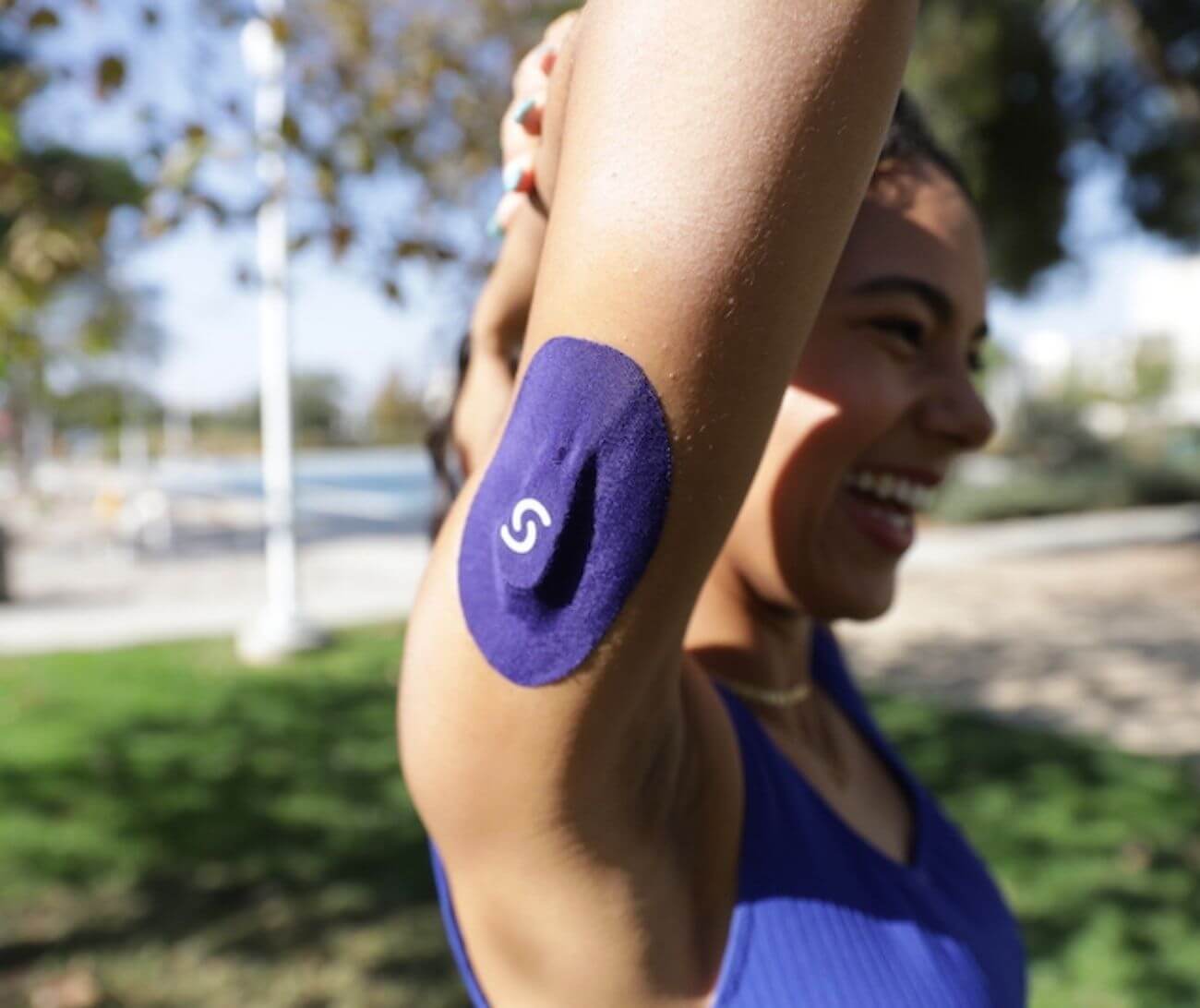
CGMs and glucometers both detect enzymes to measure the blood glucose level. The core difference between these two devices is that a CGM takes a reading from interstitial fluid, while a fingerstick test uses a blood sample.
Although both are FDA-approved methods to test blood sugar levels, you can anticipate different readings from a CGM sensor and fingerstick glucometer device. Interstitial glucose levels lag behind blood glucose levels with a median lag time of 9 minutes.
Keep in mind differences between a CGM reading and fingerstick readings will be most noticeable when glucose levels are changing (as opposed to stable).
CGMs vs. Finger Sticks: Which is More Accurate?
Every blood glucose testing device will carry a different margin of error (referred to as MARD: the mean absolute relative difference).
CGM
There are many types of CGMs, including brands like Dexcom, Freestyle Libre, and Medtronic. One comprehensive article published in European Endocrinology suggests that the MARD range across CGM devices on the market in 2018 is 9-15%. For a reading to be considered 100% accurate, the MARD would need to fall between 3.3-5.3%.2
Diabetes technology continues to improve year by year, and future devices will offer even greater accuracy.
Fingerstick Testing
Per FDA guidelines, a fingerstick blood testing device is expected to deliver readings with 95% accuracy. This 2017 study published in the Journal of Diabetes Science and Technology reviewed several glucometers and observed a range of MARD from 5.6-20%.
Why is there such a large range? Several factors can detract from the accuracy of fingerstick testing:
- Using outdated or expired test strips
- Test strips can be damaged if exposed to light or air for an extended period
- Glucose meters need to be recalibrated before using new strips
- Missing a step in the manufacturer's instructions
- Certain substances on the strips or your hands may interfere with enzyme functioning2
Similar to CGM devices, there is great variability between individual fingerstick glucometer devices. To truly get accurate results, the gold standard is to use a CGM device in conjunction with a blood glucometer.
Why Should You Use a CGM?
No finger poking! This provides major relief for people who have a fear of needles and would prefer not to draw their own blood.
The continuous data collection can provide greater insight into your blood sugar levels around the clock. You may discover surprising trends or changes in your blood glucose during periods when you otherwise could not check, such as overnight.
CGM devices offer additional support for people with diabetes, who rely on frequent blood glucose testing to make sure their numbers are within range.
People without diabetes may also benefit from continuous glucose monitoring data to gain a deeper understanding of how their blood sugar levels may be affecting weight loss efforts, sleep patterns, and athletic performance. More research in this area is required.
<p class="pro-tip"><strong>Also Read: </strong><a href="/blog/what-is-a-continuous-glucose-monitor">How CGMs Work</a></p>
Why Should You Use Fingerstick Testing?
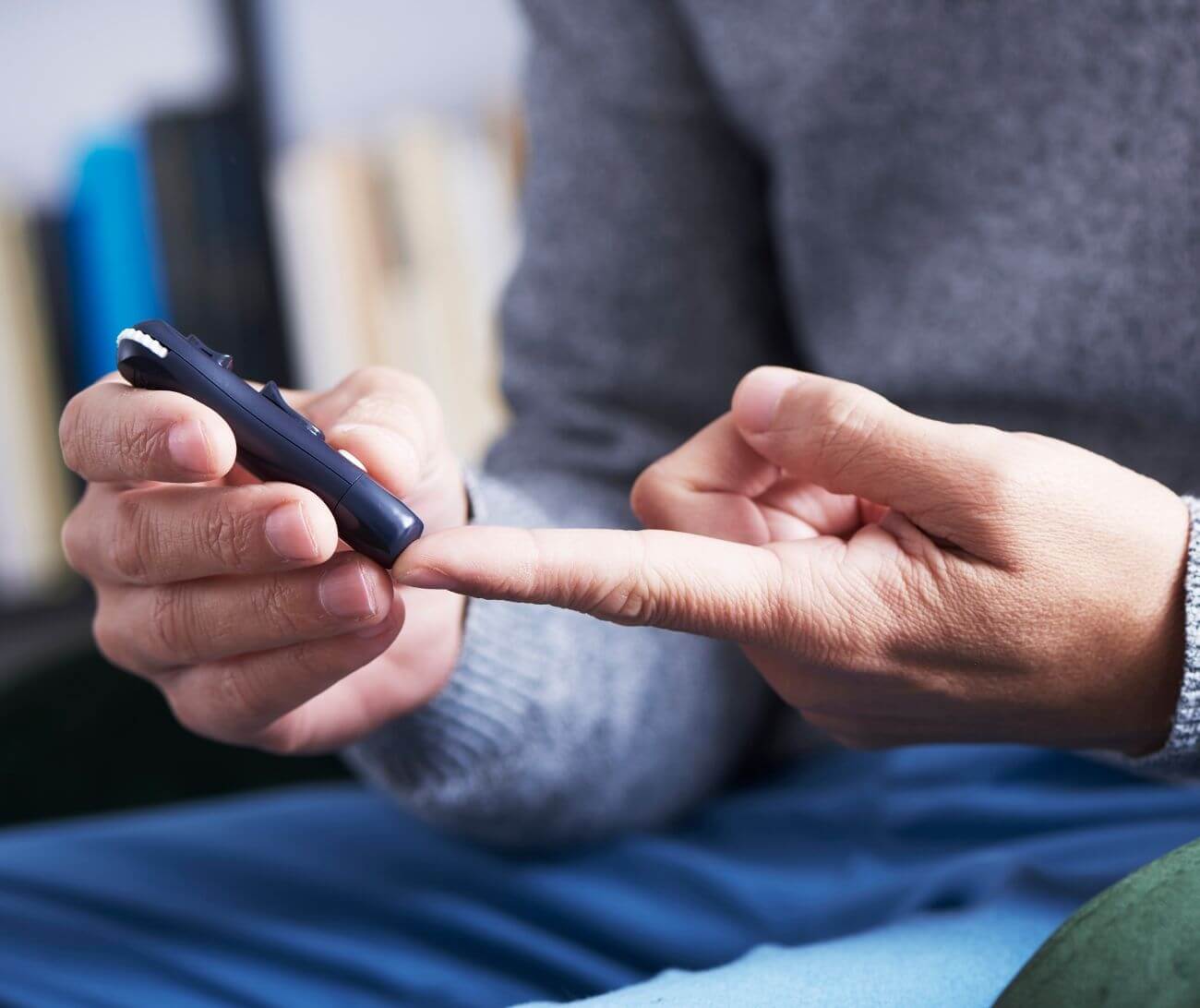
The fingerstick method is appropriate for people who are trying to better understand their blood glucose range at a specific point in the day. If you only want to target one meal of the day or only focus on your glucose level in the mornings, a fingerstick test is all you need.
There is a known lag in the blood sugar reading of a CGM device, which does not exist in fingerstick testing.1 This is because a CGM sensor measures glucose levels in the interstitial fluid rather than blood. This lag may concern people with diabetes or people taking insulin, who need to know their actual blood glucose readings in the moment.
Fingerstick glucometers continue to be the more affordable option compared to CGM devices because they are covered by most US insurance plans.2 For many people, this will be the deciding factor in which type of blood glucose testing device they use. As CGMs become more popular, insurance plans may change.
3 Tips To Make the Most of Your CGM Data
You can gain a lot of valuable insight from your CGM data to make positive lifestyle changes. Here are some tips to make the most of it:
- Check Glucose Trends Before and After You Eat: Blood glucose trends before and after meals can provide you with greater insight into how your body metabolizes carbohydrates and how changes to your diet may affect your scores.
- Stay Active: The more active you are, the more efficiently your cells turn glucose into energy. A workout can even lower your blood sugar levels for up to 24 hours after.
- Analyze Your Blood Sugar Data Regularly: Keeping track of your data, including any spikes in glucose, may prompt you to change up your exercise timing and even your daily routine. Visible evidence of how movement, sleep, or even stress can impact your blood glucose is a powerful tool and motivator to help you make lifestyle changes.
Learn More About How to Improve Blood Sugar Levels with Signos
You can learn more about why blood sugar management is so critical for health and how to do it in a way that promotes positive change by using the Signos app. Paired with a CGM, Signos’ expert advice is personalized to your body in real-time.
Whether you’re just starting a health journey or want to level up your current lifestyle, incrementally adding small habits adds to long-term lifestyle changes. Get more tips about nutrition and healthy habits on the Signos blog, or find out if SIgnos is a good fit for you by taking a quick quiz here.
Frequently Asked Questions
What Are the Disadvantages of Using A CGM?
A CGM provides a lot of important information but is less accurate than a traditional glucometer in real-time because it tests interstitial fluid and not blood. This means it is not recommended for making treatment decisions based on its readings alone. The gold standard for treatment decisions is still a finger prick test. Additionally, CGMs are more expensive than traditional glucometers and may not be covered by insurance.
Does Showering Affect CGM?
Showering should not affect a CGM's accuracy or function. Covering it with an adhesive patch during showers, swimming, or taking a bath keeps it protected so the sensor isn't loosened by moisture.
How Many Days Does a CGM Last?
A CGM typically lasts 7-14 days, depending on the brand and model. If you keep the sensor on longer than recommended, you run the risk of inaccurate readings and skin irritation. Follow the manufacturer's guidelines for sensor wear time for best practice.
Can Someone Without Diabetes Use a CGM?
Yes, non-diabetics can use a CGM to monitor their blood sugar levels. This can be useful for those with pre-diabetes or those looking to track their glucose levels to optimize metabolic health and support weight loss.
<p class="pro-tip"><strong>Learn More: </strong><a href="/science">The Science of Using CGMs for Weight Loss</a></p>
- Item 1
- Item 2
- item 3
Topics discussed in this article:
References
- Mathew, P., & Thoppil, D. (2022). Hypoglycemia. In StatPearls. StatPearls Publishing
- Farmaki, P., Damaskos, C., Garmpis, N., Garmpi, A., Savvanis, S., & Diamantis, E. (2020). Complications of the Type 2 Diabetes Mellitus. Current cardiology reviews, 16(4), 249–251. https://doi.org/10.2174/1573403X1604201229115531
- Schmelzeisen-Redeker, G., Schoemaker, M., Kirchsteiger, H., Freckmann, G., Heinemann, L., & Del Re, L. (2015). Time Delay of CGM Sensors: Relevance, Causes, and Countermeasures. Journal of diabetes science and technology, 9(5), 1006–1015. https://doi.org/10.1177/1932296815590154
- Heinemann, L., Stuhr, A., Brown, A., Freckmann, G., Breton, M. D., Russell, S., & Heinemann, L. (2018). Self-measurement of Blood Glucose and Continuous Glucose Monitoring - Is There Only One Future?. European endocrinology, 14(2), 24–29. https://doi.org/10.17925/EE.2018.14.2.24
- Diabetes Technology: Standards of Medical Care in Diabetes—2019. (2018). Diabetes Care, 42(Supplement_1), S71–S80. https://doi.org/10.2337/dc19-s007
- Ekhlaspour, L., Mondesir, D., Lautsch, N., Balliro, C., Hillard, M., Magyar, K., Radocchia, L. G., Esmaeili, A., Sinha, M., & Russell, S. J. (2016). Comparative Accuracy of 17 Point-of-Care Glucose Meters. Journal of Diabetes Science and Technology, 11(3), 558–566. https://doi.org/10.1177/1932296816672237
- Monitoring Your Blood. (n.d.). Diabetes Education Online. Retrieved May 2022, from https://dtc.ucsf.edu/types-of-diabetes/type1/treatment-of-type-1-diabetes/monitoring-diabetes/monitoring-your-blood/
- Diabetes Technology Society. (2018). Diabetes Technology Society. Retrieved May 2022, from https://www.diabetestechnology.org/surveillance.shtml
- Cell Press. (2017, March 7). How exercise -- interval training in particular -- helps your mitochondria stave off old age. ScienceDaily. Retrieved May 20, 2022 from www.sciencedaily.com/releases/2017/03/170307155214.htm
- American Diabetes Association. (n.d.) Blood Sugar and Exercise. Retrieved May 20, 2022 from https://www.diabetes.org/healthy-living/fitness/getting-started-safely/blood-glucose-and-exercise

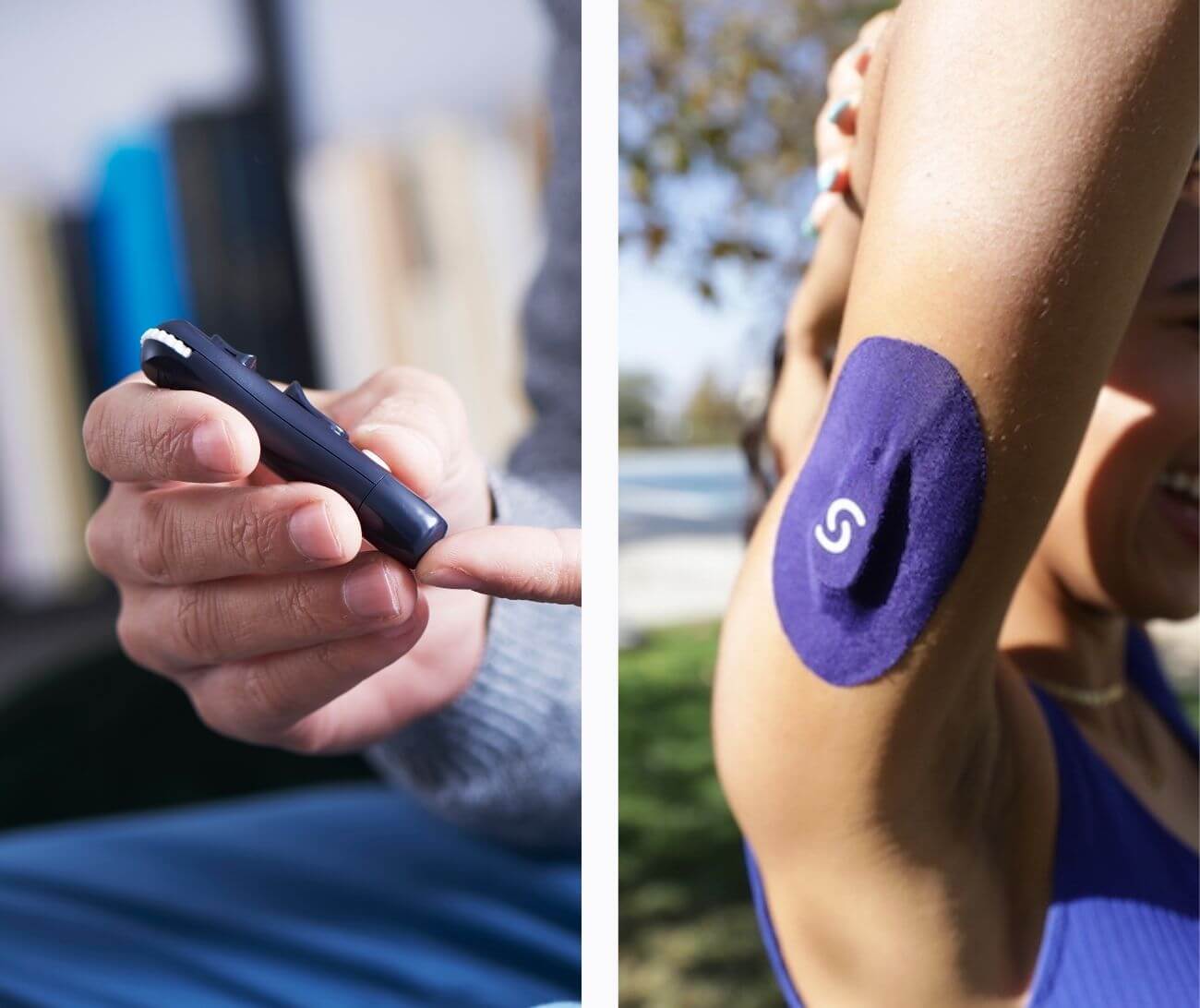



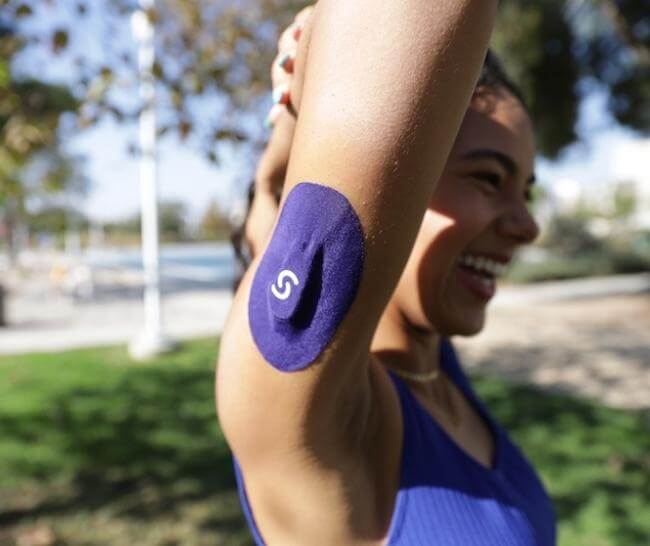
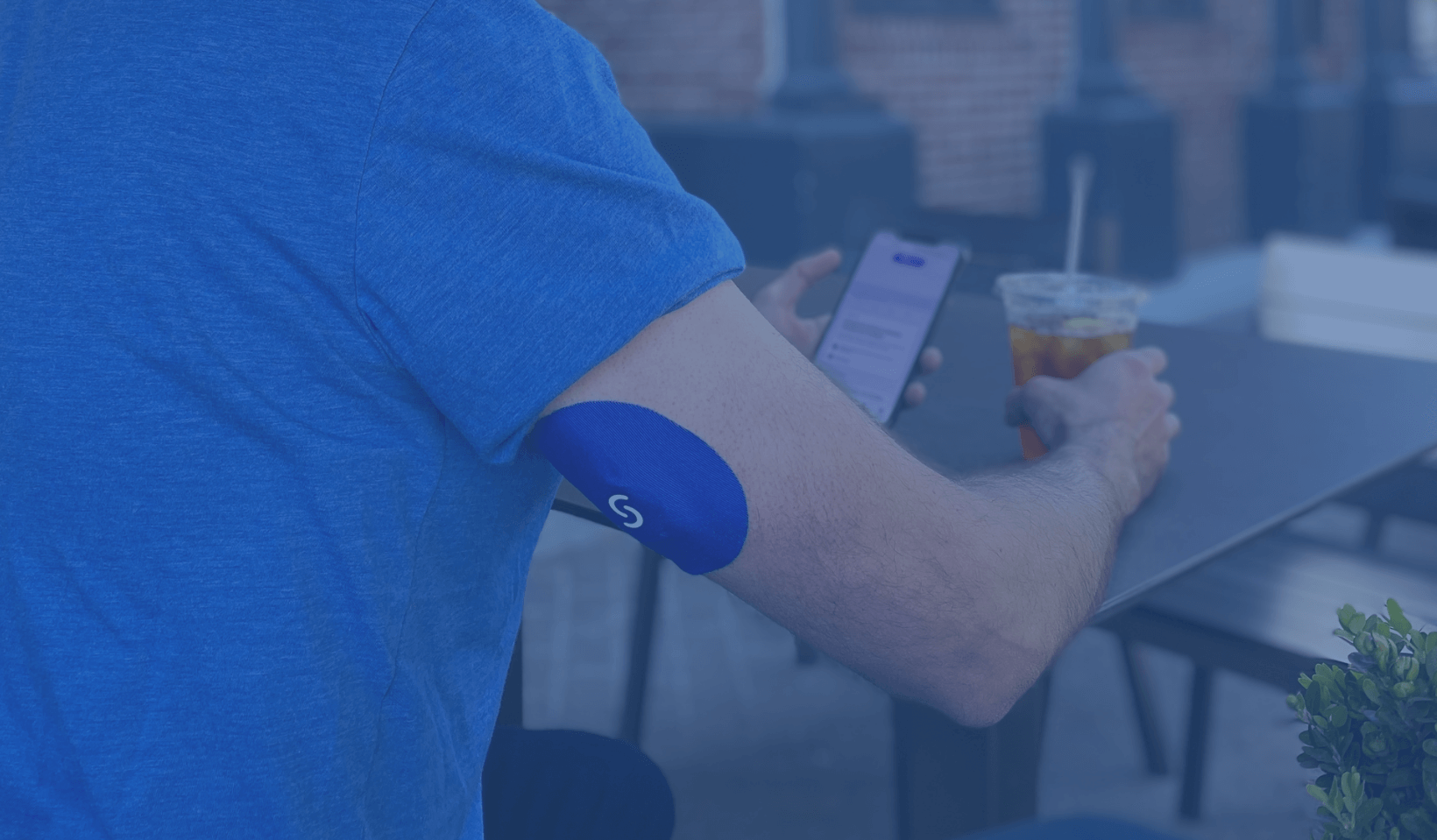
.jpg)


